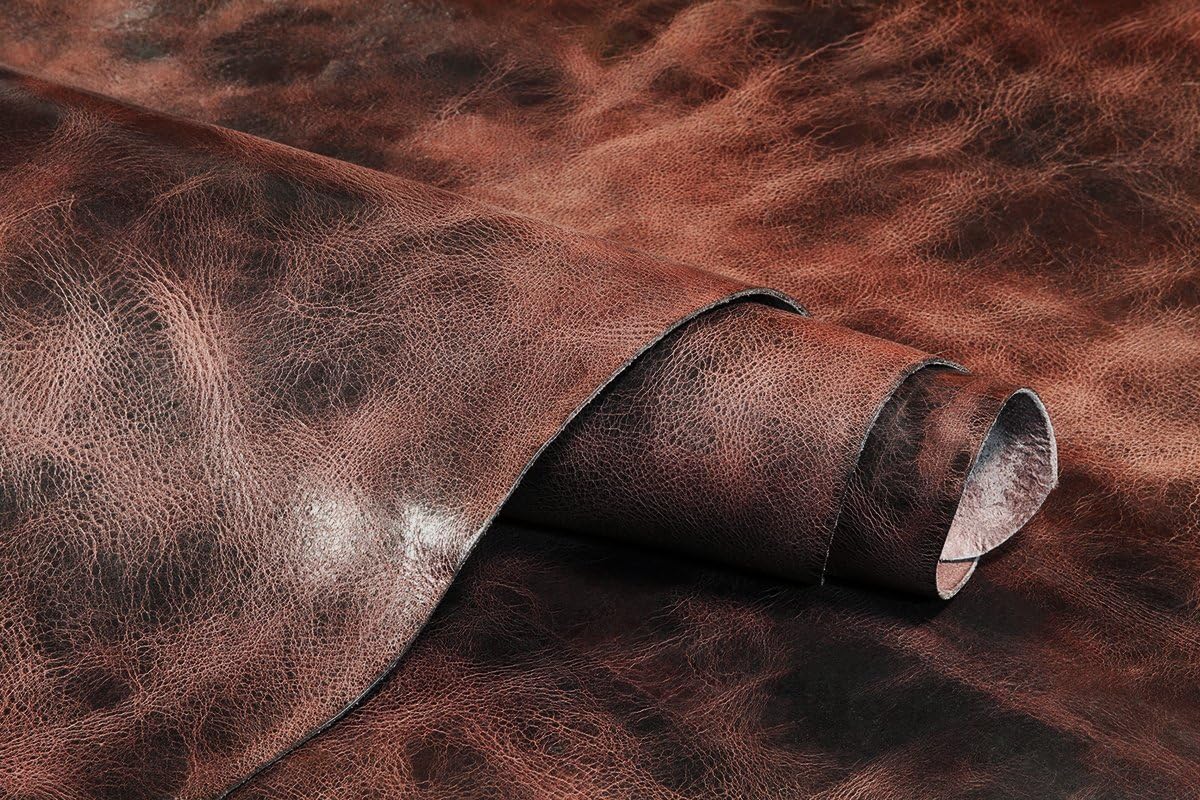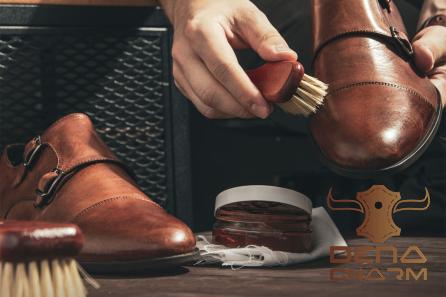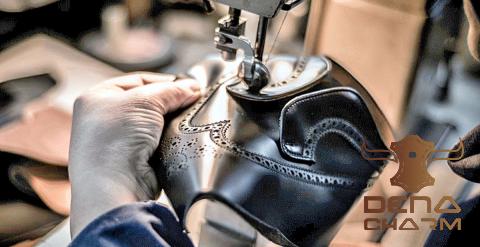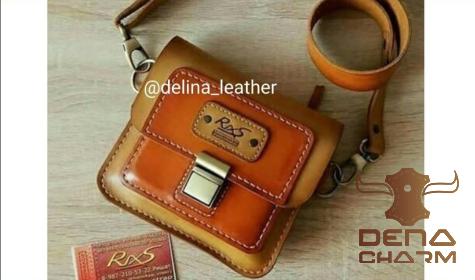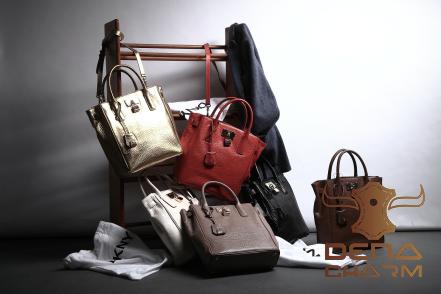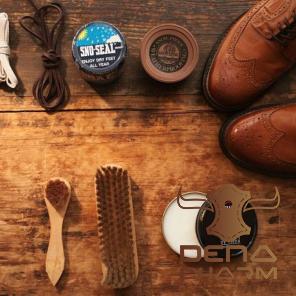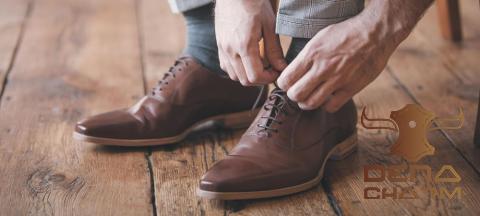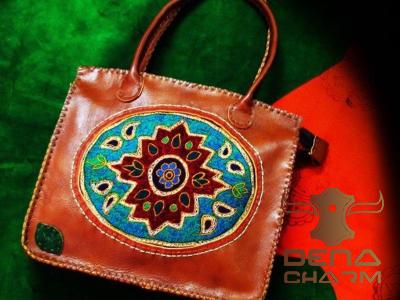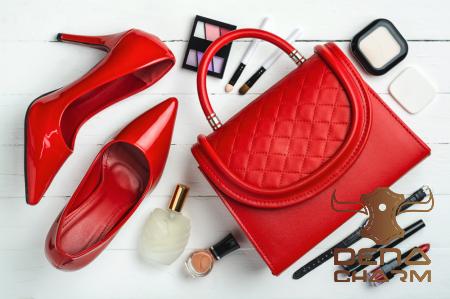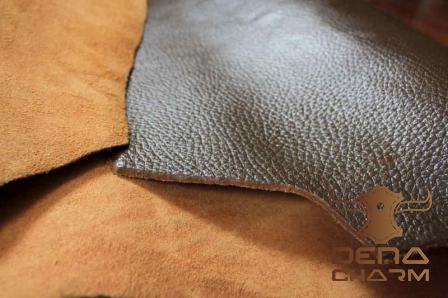When it comes to buying leather, it’s important to know the distinctions between cow crust raw leather and real leather. While both are derived from cowhide, they go through different manufacturing processes, resulting in variations in quality, durability, and appearance. This article aims to shed light on the differences between these two types of leather, highlighting the best types in each category and providing an overview of how they are made.
Buying cow crust raw leather vs. real leather:
Before making a purchase, it is crucial to understand the differences between cow crust raw leather and real leather. Cow crust raw leather is the untreated or semi-processed form of leather, which means it has not undergone the full tanning process. On the other hand, real leather refers to leather that has been fully tanned and treated, resulting in a more refined and finished product. It is worth noting that cow crust raw leather is less expensive than real leather due to the aforementioned lack of processing.

The best types of cow crust raw leather vs. real leather:
Usually, the best types of cow crust raw leather are those that have undergone minimal processing and are of the highest quality. Full-grain leather is considered the top option, as it retains the natural grain and texture of the cowhide. It is highly durable and develops a unique patina over time.
Top-grain leather, which is often used for high-end products, undergoes a bit more processing, with the removal of the top layer to obtain a smoother appearance. While this process slightly affects the leather’s durability, it still retains some of the natural characteristics.
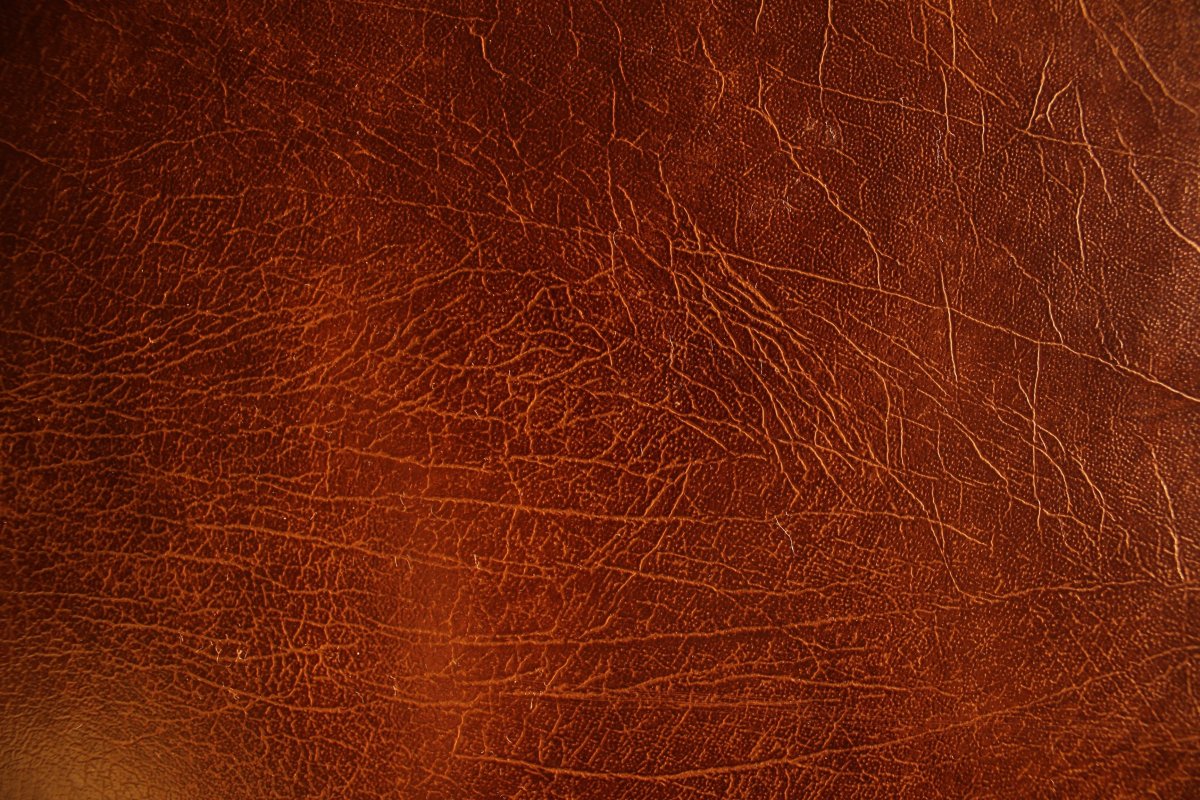
When it comes to real leather, there are various types as well. Aniline leather is considered the finest, as it maintains the natural look of the hide while displaying its imperfections and unique characteristics. It is exceptionally soft and supple but may be more susceptible to damage.
Semi-Aniline leather is a popular choice for those seeking a balance between durability and a natural appearance. It undergoes a light treatment process, providing some protection against stains and fading, without compromising the leather’s inherent qualities.
How to make cow crust raw leather vs. real leather:
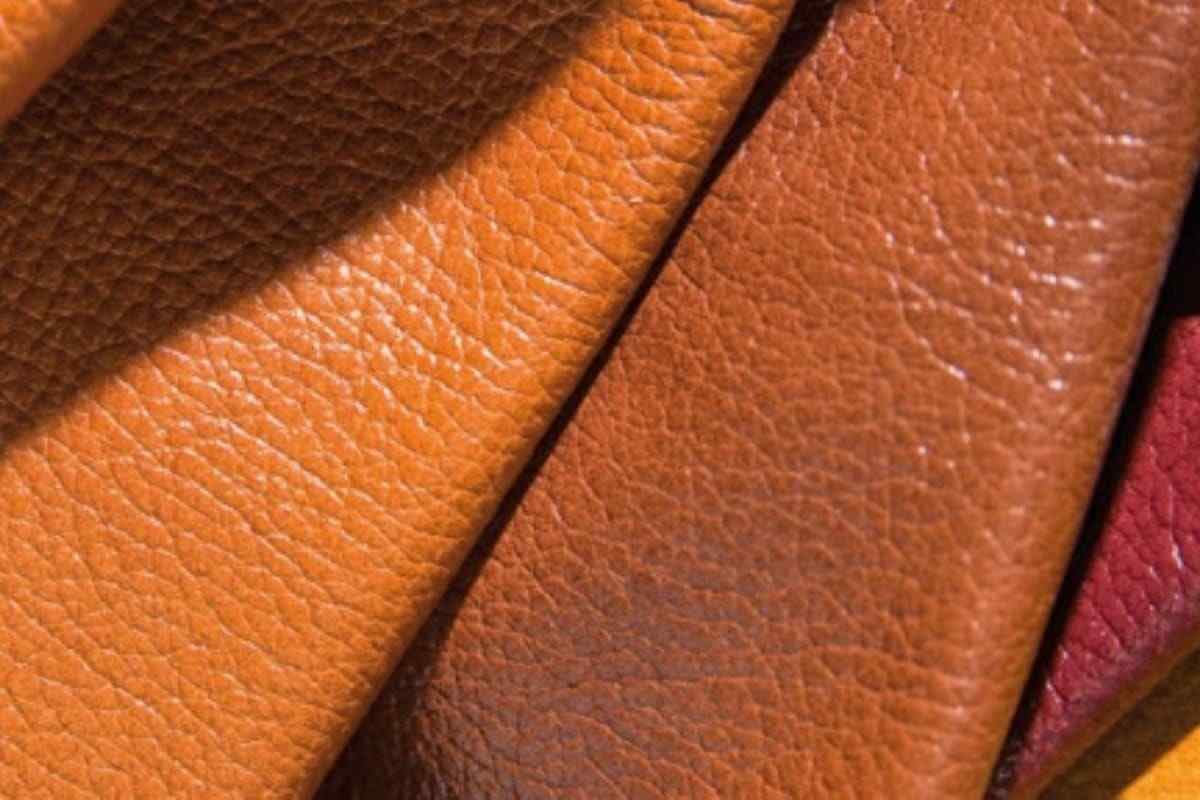
The process of making cow crust raw leather involves several steps. Once the cowhide is removed from the animal, it is preserved using a salt solution to prevent decay during transportation. The hair is then removed through a process called “liming,” followed by a thorough cleaning to remove any remaining flesh or fat. Next, the hide is split into two layers: the top grain and the bottom crust. The crust, which is the innermost layer, is what is referred to as cow crust raw leather. At this stage, it is typically sold to manufacturers or further processed for tanning.
Real leather, on the other hand, undergoes additional steps to transform it into a refined product. After the initial cleaning and hair removal, the hide undergoes a process called “tanning.” This can be achieved through various methods, such as vegetable tanning, chrome tanning, or synthetic tanning. Tanning helps make the leather more durable, flexible, and resistant to water and other elements. Following tanning, the leather is typically dyed, treated with oils or waxes, and finished with a protective coating, resulting in a polished and sophisticated appearance.
In conclusion, understanding the differences between cow crust raw leather and real leather is essential when purchasing leather products. While cow crust raw leather is more affordable, it lacks the durability and refined appearance of real leather. Full-grain and top-grain leathers are regarded as the best options in the cow crust raw leather category, while aniline and semi-aniline leathers are considered top choices in the real leather category. By knowing the manufacturing processes involved, consumers can make informed choices and select the most suitable type of leather for their needs.
